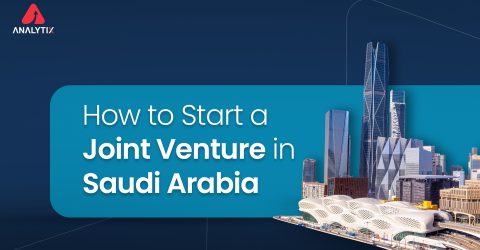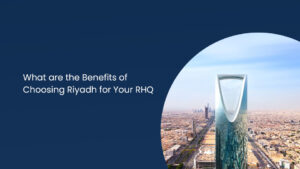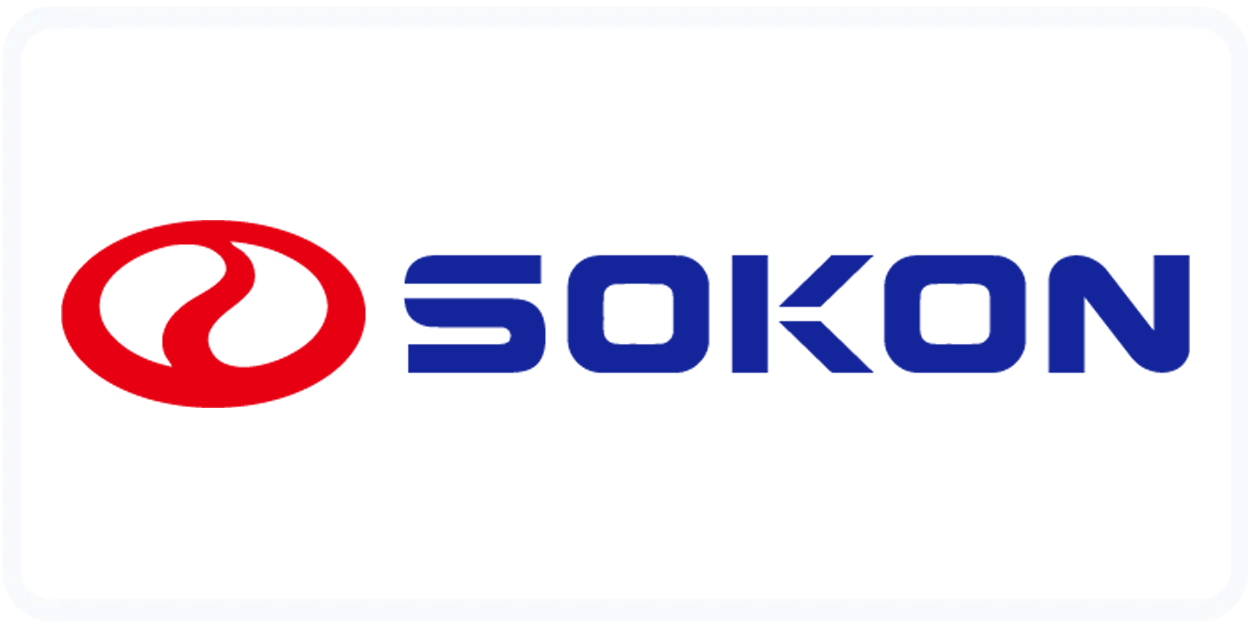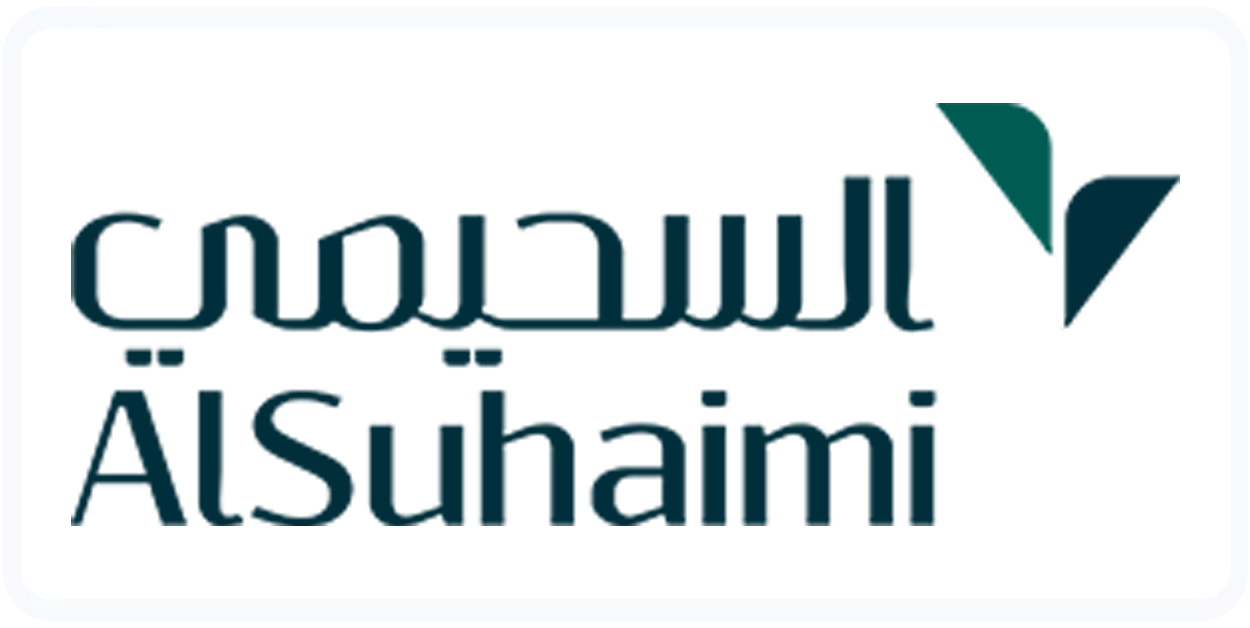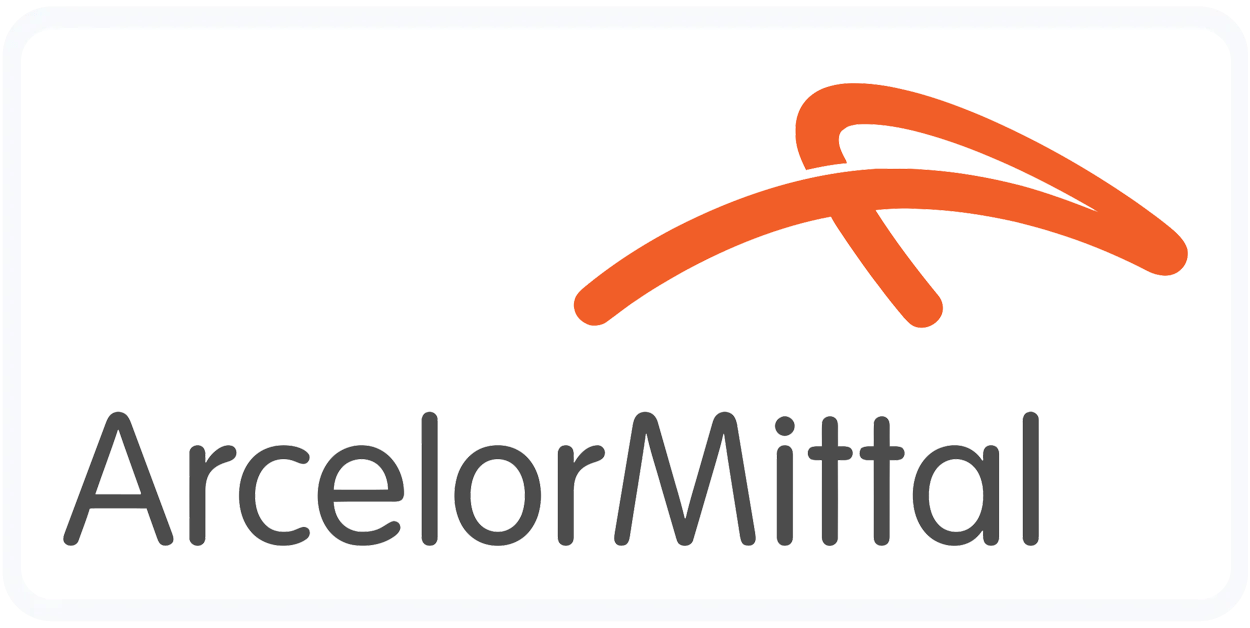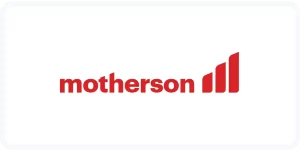Saudi refined crude exports reach 23-month peak at 1.54 million bpd
RIYADH: In September 2024, Saudi Arabia’s refined crude exports increased significantly, accounting for 1.54 million barrels per day (bpd), making it the highest in two years and 23% higher than the previous month. Strong demand for diesel, motor gasoline, aviation gasoline and fuel oil have contributed to this growth, highlighting the key role the country plays in the global oil market.
Exports were dominated by Diesel covering 47% of the shipments, with a monthly rise of 35% at 727,000 bpd. Motor and aviation gasoline made up for 23% while fuel oil contributed 7%. Diesel remained at the top at 44%, followed by motor and aviation gasoline at 25% and fuel oil at 17% while Refinery maintained a steady output at 2.76 million bpd.
Exports of crude oil rose slightly to 5.75 million bpd while its production reduced marginally to 8.97 million bpd. Domestic petroleum demand fell from 267,000 bpd to 2.62 million bpd, probably due to seasonal changes and boosted efficiency.
In September, Saudi Arabia’s direct crude oil burn fell to the lowest in five months by 36.4% to 518,000 bpd. The decline is a result of cooler weather leading to less electricity demand for air conditioning along with the efforts to reduce energy consumption and broaden power sources.
The kingdom is growing its natural gas networks and renewable gas projects to reduce dependency on crude oil for power generation, which is in line with the Vision 2030 strategy.
Saudi Arabia and other OPEC+ nations are extending voluntary production cuts of 2.2 million bpd until December 2024. These cuts focus on stabilizing the oil market, with an aim to balance overproduction by September 2025.
Saudi Arabia’s commitment for sustainable growth and stabilize the energy market is shown in its efforts.
Saudi construction Sector in H1 2024 sees a 47% rise, hits $ 49.3 bn
RIYADH: The Construction sector in Saudi Arabia is growing rapidly with contracts awards accounting for $ 49.3 billion in H1 of 2024, indicating a 47% increase annually. Led by the strong collaboration between the government and private sector to meet Vision 2030 goals, the second quarter generated $ 17.6 billion. A 33% yearly increase in the commercial index displays sustained momentum.
Oil and gas, real estate and water infrastructure are the key sectors contributing to this growth. In the total contract awards, oil and gas contributed 41% to it, marking a remarkable 505% growth in Q2 as a result of Saudi Aramco’s projects. Real estate contracts increased by 8%, with a focus on residential developments to meet the 2030 goal of 70% homeownership.
Regionally, the Eastern Province, driven by oil and gas projects, led with 59% of the contracts, while Riyadh continued to focus on real estate and infrastructure developments like King Salman University and Diriyah Gate. The development of new economic cities like NEOM and Red Sea region, aided by advanced infrastructure such as high-speed rail and new airports, drive urban transformation.
The private sector’s role is also growing, accounting for 4.9% of construction contracts and developing innovation in sectors like electric vehicle production and mining. Initiatives such as Premium Residency program are drawing in expatriates, encouraging them to invest in real estate and other sectors.
Even with challenges like improving economic efficiency still remain, the construction sector is thriving. However, government initiatives to improve public sector efficiency and develop public-private partnerships indicate a better result. With record investments and a growing private sector, the kingdom is on track to meet the Vision 2030 objectives, transforming its economic landscape.
Saudi Commercial records rise by 68% in 20 months
RIYADH: Since the New Companies Law was implemented on January 19, 2023, there has been a 68% significant increase in commercial records in Saudi Arabia. The Ministry of Commerce reported that the total number of records rose to 389,413 in Q3 2024, and before the law’s introduction, the records were 230,762.
The law brought in some major reforms to simplify business processes, increase flexibility and attract investments. The important aspects include simplified procedures for setting up joint-stock companies, allowing remote shareholders’ participation and issuing debt instruments. It also enables changes in ownership by easing share and equity purchasing and establishing a new simplified joint stock company model.
Major provisions include enabling sole proprietorships to change to other company types, modernizing merger and company split rules and simplifying compliance for small and micro enterprises by exempting them from the mandates of requiring an external auditor. Improved digital services like remote shareholder meetings and simplified foreign company operations further enhance ease of doing business.
Among the reforms are a family charter for regulating family businesses and enhancing investor confidence by supporting corporate practices with international standards. International Monetary Fund (IMF) commended these efforts for enhancing access to financing, lessening fees and strengthening governance. IMF also praised reforms for boosting non-oil sector’s growth, creating employment and increasing non-oil revenues.
Moreover, for simplifying business operations, new laws for commercial registration and trade names were approved in September 2024. These reforms and efforts reflect Saudi Arabia’s commitment to create an investor friendly environment, supporting the nation’s Vision 2030 objectives.
Riyadh’s office space set for major growth by 2026, boosted by regional HQ program
RIYADH: Knight Frank’s Autumn 2024 Saudi Arabia Commercial Market Review estimates 1 million sq. meters of office space set to be added in Riyadh by 2026, due to the country’s efforts to draw in regional headquarters. This will add to the city’s total office stock to 6.3 million sq. meters.
517 companies have set up their primary hubs in Saudi Arabia driven by the Regional Headquarters (HQ) Program, aligning with the Vision 2030’s objective of drawing in 480 multinational corporations by 2030. This initiative is also driving the office lease rates and other business districts are fully leased or waiting lists due to the high demand.
Grade A office lease rates have increased the most in Riyadh, with a 31% rise over the past year to SR 2604 ($ 693) per sq. meter. Due to limited availability, Grade B rents have also increased by 27%.
In Jeddah’s office market, Grade A office rents have increased by 2.9% to SR 1235 per sq. meter, while Grade A office rents have risen to 3.8% to SR 810 per sq. meter. Although in Jeddah Grade A occupancy fell slightly to 94%, Grade B occupancy rose by 90%.
Due to the demand from the public sector, Dammam’s office market saw a 2.2% increase in Grade A rents.
To encourage regional headquarters, the Saudi government has imposed measures such as barring contracts with foreign companies without a local presence and new guidelines on the Invest Saudi portal to incentivize companies.
These efforts are a part of Vision 2030’s goals to set up Saudi Arabia, mainly make Riyadh into a leading regional hub for business, finance and tourism.
